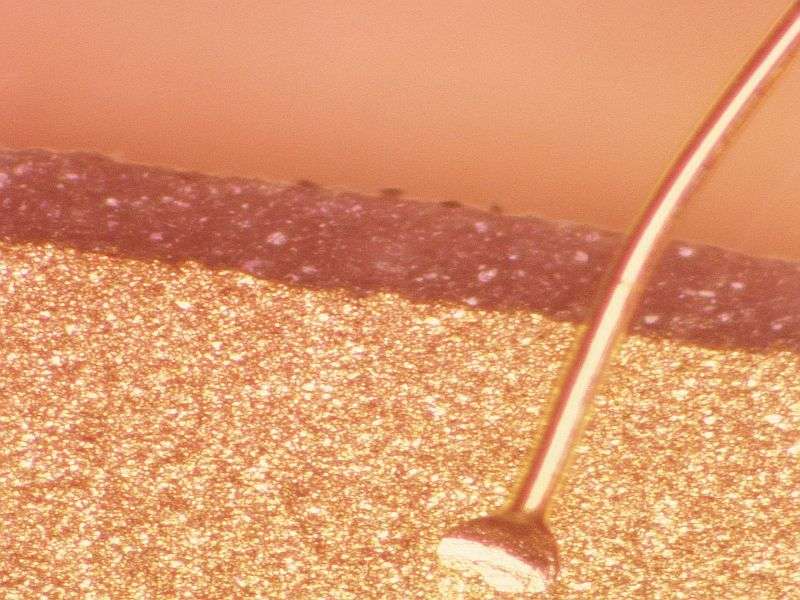Dermoscopy + triple light source reliable in ID of pityriasis rosea

(HealthDay)—Dermoscopy with three light sources is ideal for diagnosing pityriasis rosea (PR), according to a research letter published online Feb. 10 in the International Journal of Dermatology.
Mary Thomas, D.N.B., from the King Edward Memorial Hospital in Mumbai, India, and colleagues examined the role of dermoscopy with a triple light source in the diagnosis of PR. Ten consecutive biopsy-proven cases of PR that presented to the hospital underwent clinical and dermoscopic evaluation. The dermoscope used was a triple light source, with non-polarized light (NPL), polarizing light (PL), and ultraviolet light (UVL).
The authors note that eight of the patients had classical PR and two had papular PR. No background abnormalities in pigmentation or vascularity were noted on dermoscopic evaluation using NPL. The typical collarette of scaling was identified in six patients, although all patients had scaling. Under PL, five of eight patients with classical lesions had patchy globular dilatation of the dermal vasculature. Punctate dilatation of vessels within the lesion was seen for one of two patients with papular PR. When examined with UVL, the hanging curtain was clearly demonstrated in all cases, but none of the other features were appreciable.
"Based on the findings of our pilot study, we suggest videodermoscopy with a triple light source as a quick, noninvasive, and reliable diagnostic tool for PR," the authors write.
More information: Full Text (subscription or payment may be required)
Copyright © 2017 HealthDay. All rights reserved.

















